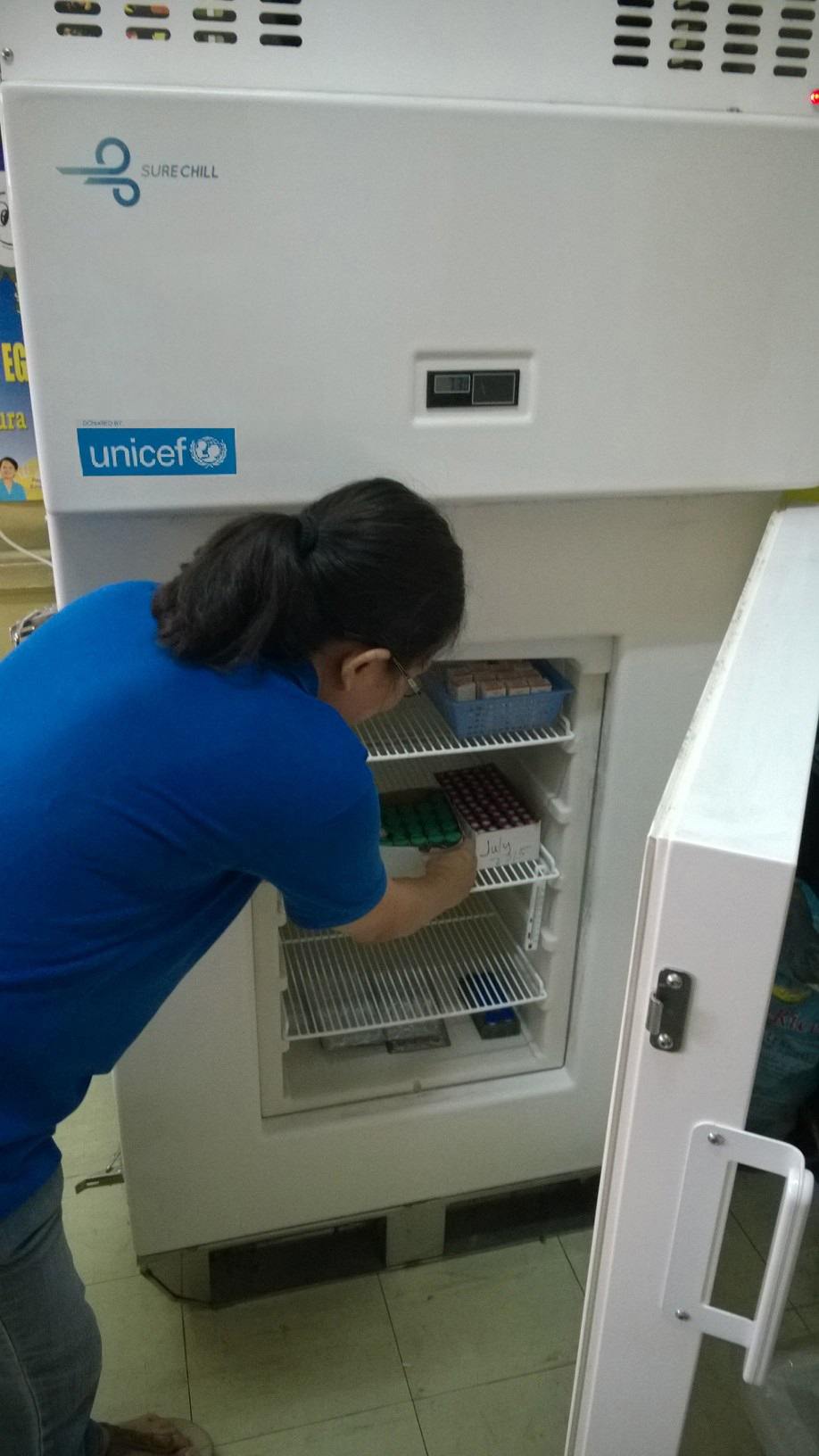SureChill recently concluded a successful sales pilot of off-grid domestic refrigerators with interesting insights into key triggers and barriers to purchasing decisions.
SureChill was founded in 2009 to commercialise a newly patented thermal energy storage technology deemed capable of bringing reliable refrigeration to off-grid and unreliable grid communities. Having initially focused on developing and marketing medical refrigerators, Shell Foundation has worked with SureChill since 2016 – with co-funding from the UK Government – to extend the technology beyond medical usage to create an off-grid market for domestic refrigeration.
Working with a leading solar home system (SHS) company in Kenya, SureChill ran a sales pilot to:
- Understand the key triggers and barriers to purchase of the off-grid refrigerator;
- Map the customer journey from awareness to purchase;
- Monitor and understand customer satisfaction post-purchase and measure whether willingness to recommend to friends and neighbours changes with familiarity;
- Develop an understand of the price/value equation and the role that PAYG financing plays in helping or hindering purchase (the deposit, daily repayments and the duration of the payment plan).
Methodology of the pilot
The SHS partner focused on the top-tier of their existing customer base, which consisted of fully paid-up clients with a proven credit history. This was intended to mitigate any credit risk whilst learning about demand, as the financed price of the fridge was at the top-end of the SHS partner’s existing product catalogue.
Ninety fridges were made available for sale in the pilot and the pilot was halted once all units had been sold.
The repayment records for sales pilot clients are being analysed to understand repayment behaviour and to benchmark that insight versus repayment data for the existing product catalogue. Based on their analysis the SHS company can decide how to refine client targeting at full launch.
Insights from the pilot
Productive users make up the majority of early adopters
Despite being marketed as a domestic fridge, 60% of pilot customers bought the fridge for productive purposes (dukkas, small bars and restaurants).
SureChill expects that demand will shift in favour of domestic usage over time, and that productive users will help create demand within their communities. It is also highly likely (but as yet unproven) that domestic clients will learn that they can use their fridge to generate income – and a “hybrid” (domestic/productive) market segment will emerge. This would result in economic empowerment of women and resulting positive social impacts.
Based on these insights, SureChill recommends targeting micro-entrepreneurs at launch to boost sales of the fridge.
Productive users have higher expectations of after-sales service
During the pilot it was noted that productive-use clients had higher expectations of after-sales service than domestic-users. This is because the success of their business relies on zero issues and downtime. SHS companies will need to take this into account as they explore and transition into more productive-use appliances. They might need to increase resources and hours of operations for after sales service.
Women appreciate the benefits of the off-grid domestic fridge faster than men
Post-purchase surveys were conducted with the SHS company’s primary contacts. A week after purchase, female respondents gave the fridge a 50% higher Net Promotor Score (NPS) than males. Four weeks later the NPS gap had narrowed. This could be because the benefits of the fridge are more immediately apparent to women as they are responsible for managing the home, whereas men only become aware of the benefits over time as their initial involvement is limited to making the daily repayments. Based on this insight, SureChill would recommend more tightly targeting women with marketing messaging.
PAYG makes the fridge affordable but concerns remain about the fully financed price
Price was not mentioned as a barrier to purchase during the pilot by sales agents, stockists or prospective clients. Stakeholders focused on the size of the deposit and the daily repayment amount, rather than the total financed price and the repayment period. However, it is worth noting that early adopters are inherently less likely to be price sensitive than most prospects, especially domestic prospects where the pay-back narrative is less intuitive.
Despite the apparent lack of price sensitivity, SureChill remains concerned that the financed price within the SHS channel (~4x FOB price) will hinder the fridge fulfilling its intended purpose as the first mass market fridge for off-grid households. SureChill would like to identify ways to solve this potential challenge by:
- innovating within the SHS value chain, for example, identifying if can costs be lowered by the SHS company sourcing the solar panels; optimising margins throughout the value chain, etc.;
- experimenting with the size of the deposit and the repayment period whilst also investigating other sales channels with different credit models.
Next Steps
The sales pilot demonstrated that there is strong demand for off-grid refrigeration and that the product performs well in use (NPS scores increased with usage). The key next steps for SureChill are:
- Find ways of lowering the “listing” risk for SHS companies so that they are incentivised to launch the fridge soonest, rather than focus on their existing product range and/or new appliances with lower unit prices. This could be done by temporarily lowering minimum order quantities, reducing shipping times, assisting with in-country warehousing, extending trade terms and supporting initial marketing campaigns.
- Identify alternative sales channels with lower financing charges and mark-ups to lower the end-customers price, in order to make the pricing of the fridge viable for domestic users
- Experiment with other revenue-collection models, for example cooling-as-a-service, to see whether this increases demand
- Use each of the above to scale demand / manufacturing as soon as possible so that supply chain efficiencies can be passed on to the end-customer in the form of lower pricing, thereby creating more demand amongst the target off-grid households.

